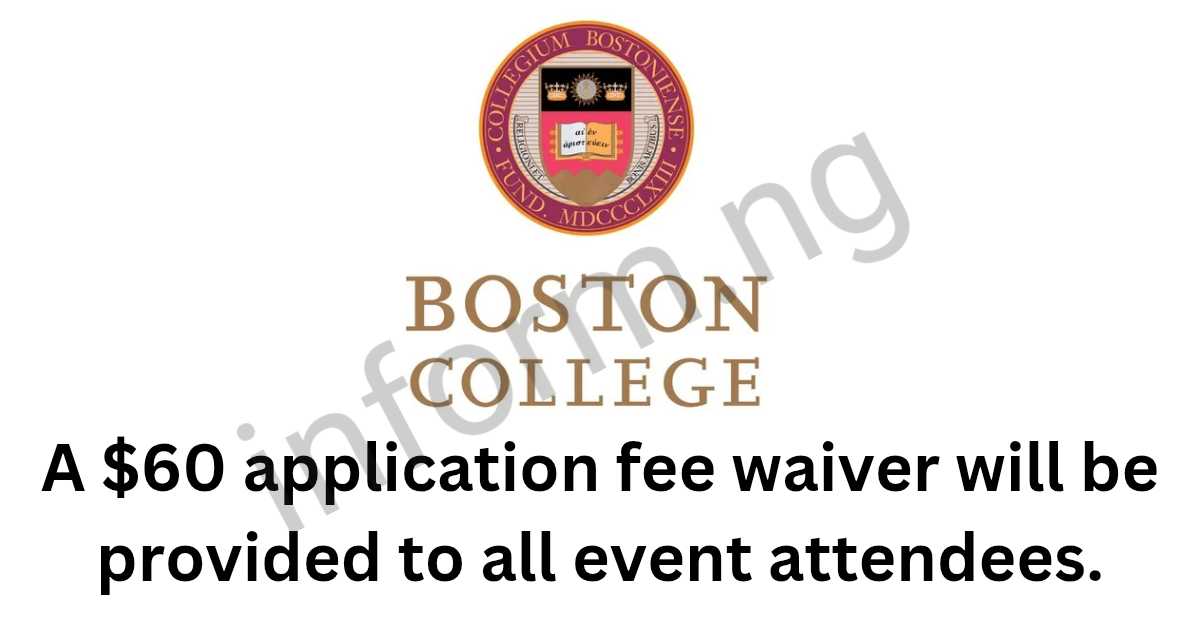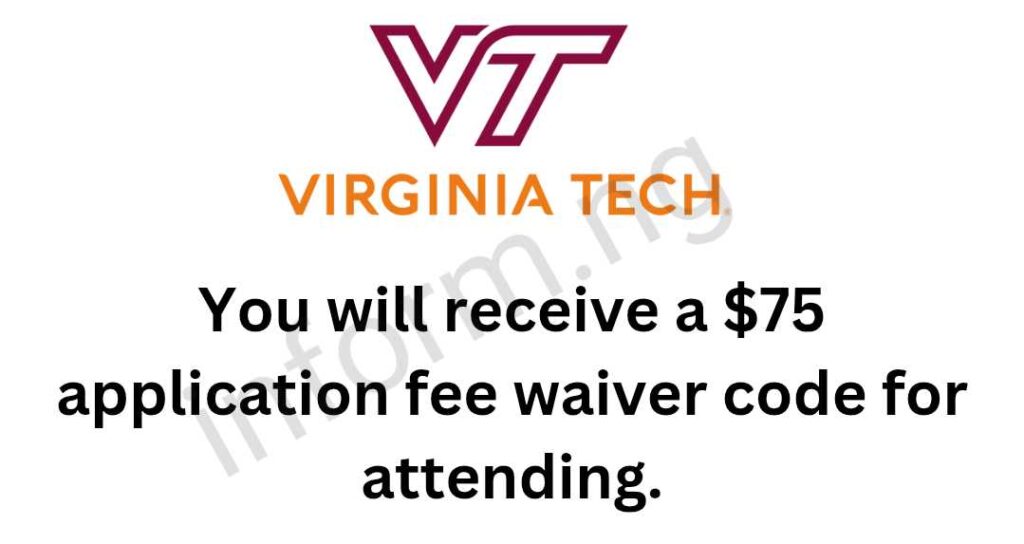Email: [email protected]


Simple changes can significantly reduce your utility expenses. Switch to energy-efficient light bulbs, turn off lights and electronics when not in use, and adjust your thermostat to use less energy for heating and cooling. Insulate your home, seal air leaks, and upgrade to a programmable thermostat.
Use power strips to plug in electronics and turn them off with one switch. Wash clothes in cold water, air dry, and fix leaky faucets to save on water. These small changes can save you up to $300 per year on your utility bills.
Reduce fuel costs by carpooling, using public transportation, or biking to work. Maintain your vehicle to improve fuel efficiency and extend its lifespan. Plan errands and combine trips to minimize miles driven. Consider selling or downsizing to a more fuel-efficient vehicle. Use gas price apps like GasBuddy to find cheaper fuel.
Cancel unnecessary insurance coverage and shop around for better rates. By implementing these strategies, you can save up to $1,000 per year on transportation costs. Additionally, consider using electric or hybrid vehicles for future purchases to further reduce fuel expenses.
Find free or low-cost alternatives for entertainment, such as hiking, game nights, or streaming movies instead of going to the theater. Consider canceling expensive memberships or subscriptions, like concert venues or wine clubs. Look for discounts or promotions, and use cashback apps for ticket purchases.
Host potlucks or DIY parties instead of dining out. Use public libraries for free access to books, music, and movies. By being creative and flexible, you can save up to 50% on entertainment expenses without sacrificing fun. Get inventive and find ways to enjoy yourself without breaking the bank.
Implement a waiting period for non-essential purchases to avoid impulse buying. When you see something you want to buy, wait 30 days before making the purchase. This allows you to assess whether the item is something you truly need or if the desire to buy was just an impulsive want.
Often, you’ll find that the urge to buy has passed, and you can avoid unnecessary spending. This rule helps you prioritize needs over wants, make more intentional purchasing decisions, and save money by reducing unnecessary expenses. Patience can be a powerful financial tool.
Create a 30-day waiting period for non-essential purchases to help you determine if they’re truly necessary. Practice mindful spending by asking yourself if the item aligns with your financial goals. Remove shopping apps from your phone and avoid temptation by steering clear of malls or shopping districts.
Use the 50/30/20 rule: 50% for necessities, 30% for discretionary spending, and 20% for saving and debt repayment. Be honest with yourself – if you don’t need it, don’t buy it. Break the impulse buying habit and watch your savings grow as a result.












To provide the best experiences, we and our partners use technologies like cookies to store and/or access device information. Consenting to these technologies will allow us and our partners to process personal data such as browsing behavior or unique IDs on this site and show (non-) personalized ads. Not consenting or withdrawing consent, may adversely affect certain features and functions.
Click below to consent to the above or make granular choices. Your choices will be applied to this site only. You can change your settings at any time, including withdrawing your consent, by using the toggles on the Cookie Policy, or by clicking on the manage consent button at the bottom of the screen.

One comment
These are such practical and simple tips! Cutting expenses in half is definitely achievable with these strategies. Can’t wait to give them a try!